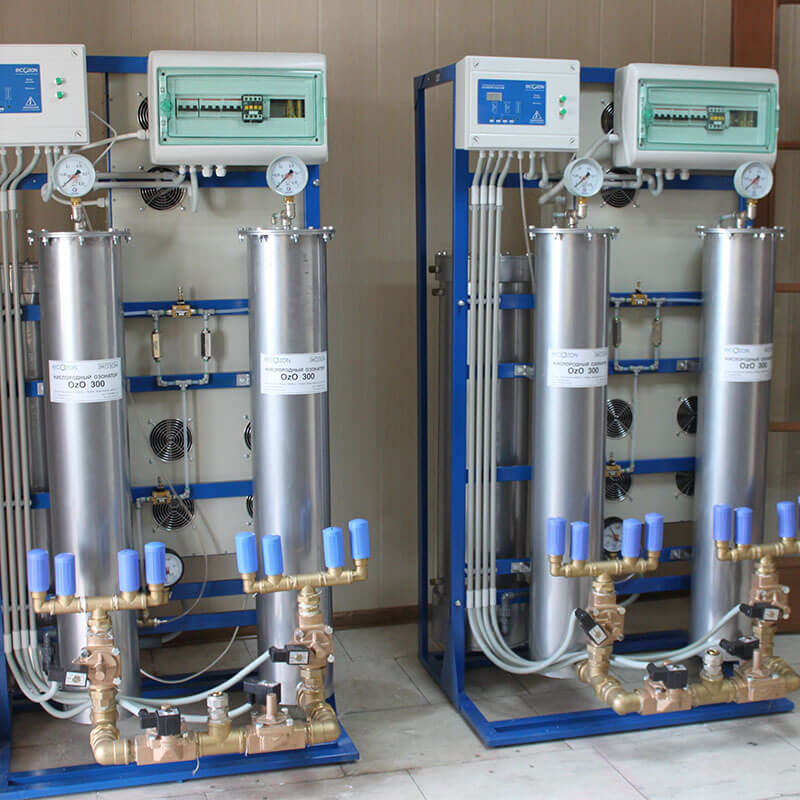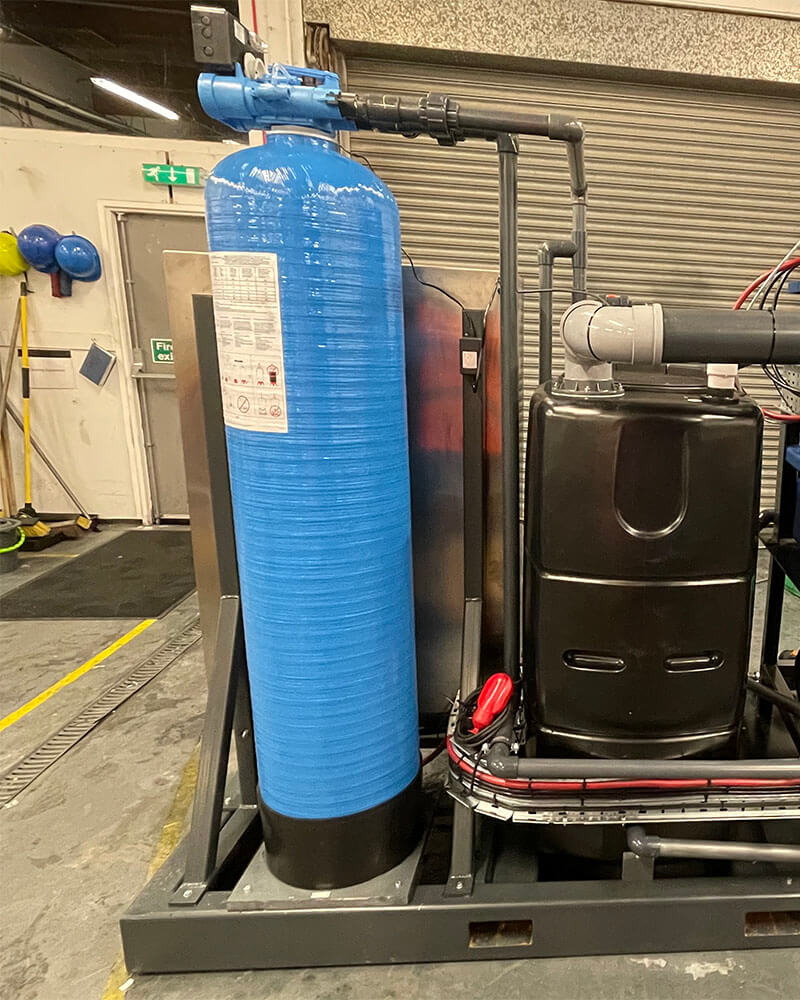Acesulfame K removal from water
Acesulfame K, also known as acesulfame potassium, is an artificial sweetener belonging to the class of high-intensity sweeteners. It is widely used as a sugar substitute due to its intense sweetness and zero-calorie content.
Acesulfame K is highly soluble in water, making it prone to leaching into water sources, including rivers, lakes, and groundwater. This has led to concerns about acesulfame K toxicity and its potential impact on water quality and the need for effective removal methods.





